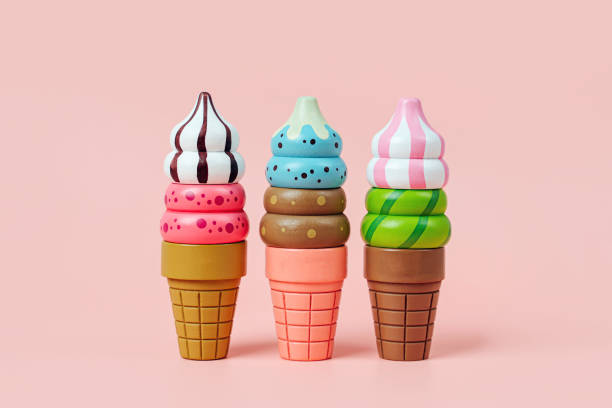1 / 9
Your base should be at ease.
It’s important to be patient when making ice cream at your home. After you have made your custard, do not rush to get your ice cream maker.
Give your ice cream supplies base some time to rest. A night in the refrigerator will improve the texture of the final mixture.
2 / 9
Use high-quality ingredients
Ice cream can only be as good as your ingredients. When making this best-ever vanilla ice cream batch, “splurge” on good vanilla.
This tip is not limited to vanilla. When possible, use fresh fruits and good quality cream.
3 / 9
Keep crystals away
The problem with homemade ice cream is its tendency to crystallize more than its commercially made counterparts. You can avoid ice crystals by making sure that you use enough sweeteners. Sugar and other sweeteners prevent crystalization, so don’t cut them out of your recipe.
4 / 9
Use eggs with confidence.
Peggy Woodward, Food Editor and expert in homemade icecreams, says that homemade ice cream is best not made at all. Instead, make frozen cream.
There is a difference between custard bases and ice cream. Frozen custard has eggs. Peggy says: “After lots and lots of tasting and testing, I have discovered that eggs are the secret to smooth and creamy homemade ice cream.”
Don’t be alarmed if you have eggs in your custard-ice cream. It’s part of the process to make that rich custard base.
5 / 9
Non-traditional ingredients are welcomed.
Peggy says that the non-traditional ingredients in store-bought pints make them so delicious. These ice creams have the rich texture that we love thanks to commercial ingredients like starch, gelatin and pectin.
These trade secrets are not readily available to homemade ice cream fans. Still, you can create a premium ice cream experience by using similar ingredients, such as jams and jellies, in your ice cream. This blueberry cheesecake ice cream has a box of pudding mixtures, which gives it its rich texture and rich flavor.
Don’t be alarmed if you see a jelly, pudding mix, or gelatin recipe. These ingredients will ensure that you get the best results.
6 / 9
The cream doesn’t always have to be your only choice.
A Prep Kitchen Manager said that heavy cream could be a rich and delicious option but leave a fatty coating on your tongue.
Catherine suggests you replace some heavy cream in your recipe with half and half or milk to prevent this feeling. It’s still very indulgent.
7 / 9
You Can Make Ice Cream Without an Ice Cream Maker
You don’t need fancy equipment to make homemade ice cream. You will need a large glass dish (e.g., a 13×9) and a hand mixer. Once your ice cream base has been chilled, please place it in an ice-cold container and freeze for 30 min. Use the hand mixer to mix the mixture until it is smooth. Continue this process until you reach the desired consistency. For all details, we have a step-by-step guide to making ice cream without an ice cream maker.
Catherine says that ice cream made in this manner should be consumed within three days. This allows you to enjoy your frozen treat with the best texture.
8 / 9
Keep it cold
It is important to keep the temperatures low when making homemade Ice Cream Recipes. Even after all the churning has been completed. Senior Food Stylist Shannon Norris transfers fresh ice cream to a chilled container. This ensures that the ice cream does not melt in a container at room temperature.
Keep the containers in the freezer to churn away the ice cream. Cool them for 30 minutes.
Soften slowly
Turn on your microwave if your ice cream becomes too difficult to scoop out of the freezer! Shannon recommends putting your homemade or store-bought ice cream in the refrigerator for 20 minutes. The ice cream will melt more evenly if heated in the microwave or at room temperature.
Don’t underestimate the power and versatility of a good scoop! A good model will make scooping extra-frozen pints easier.

